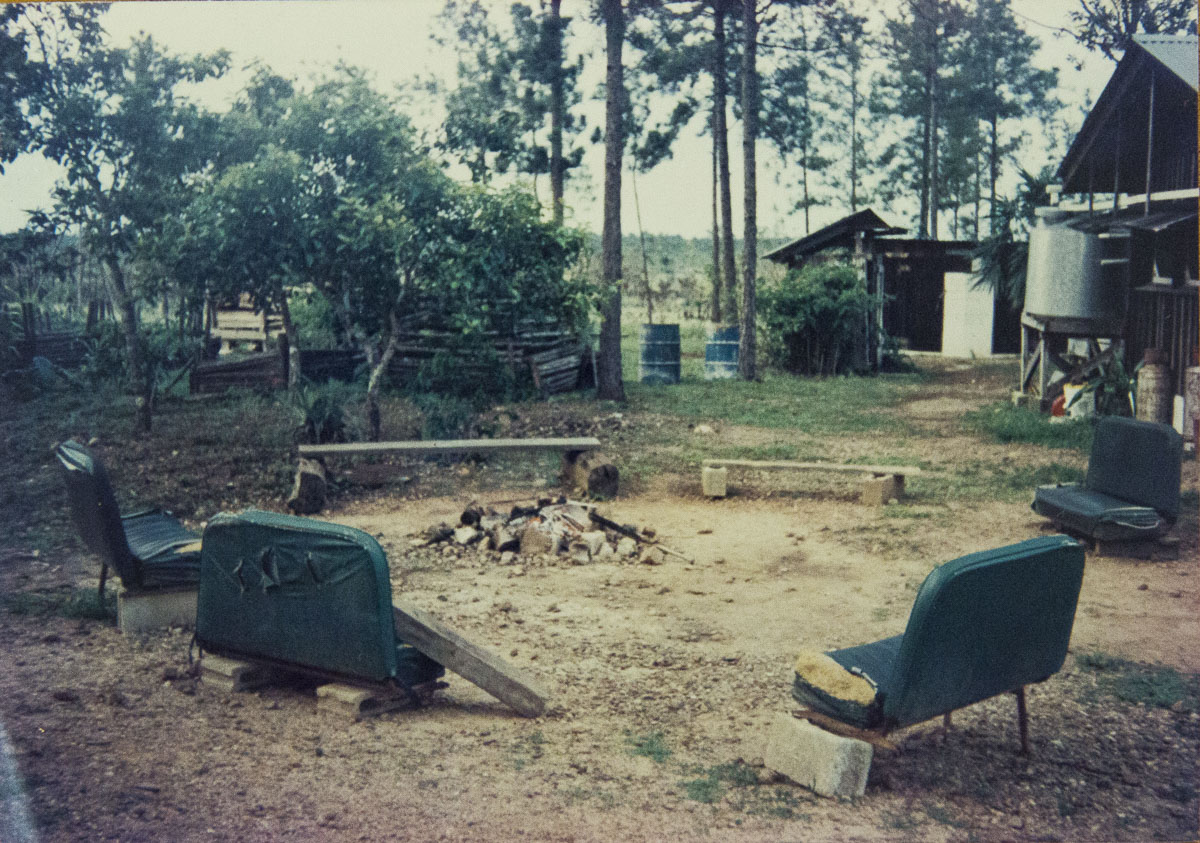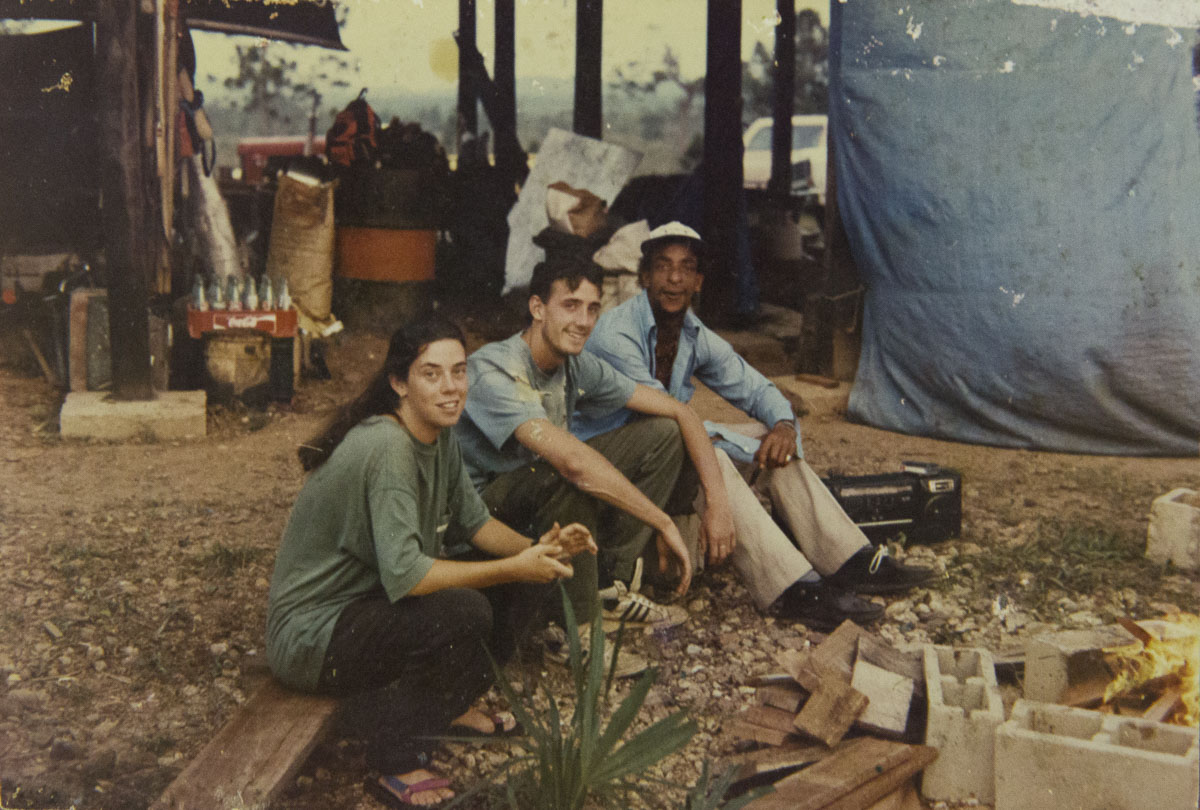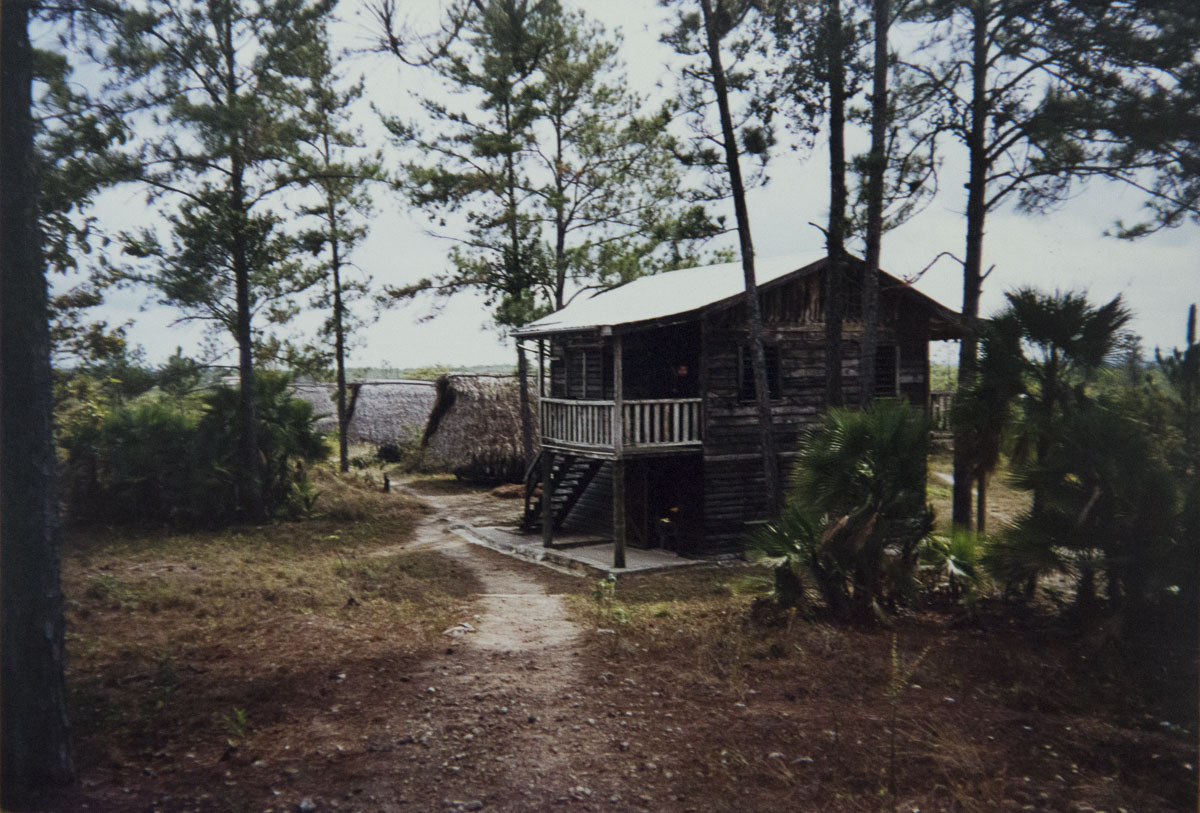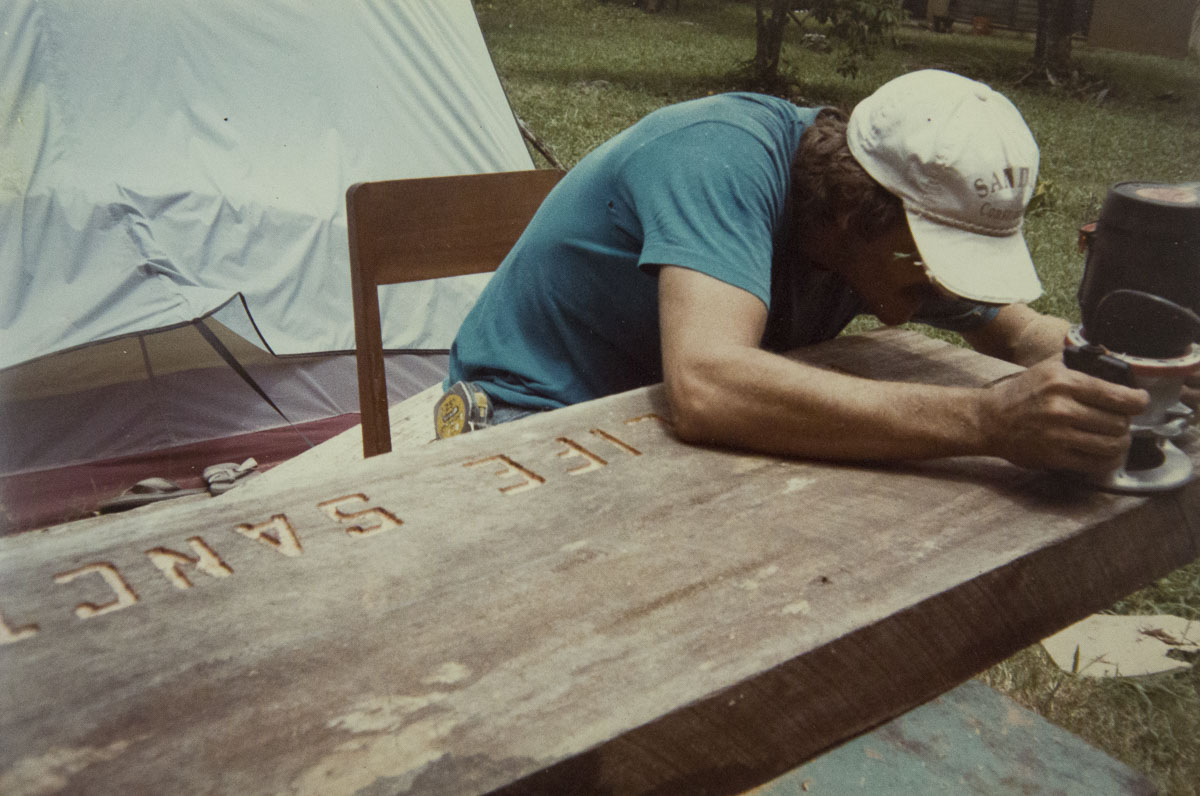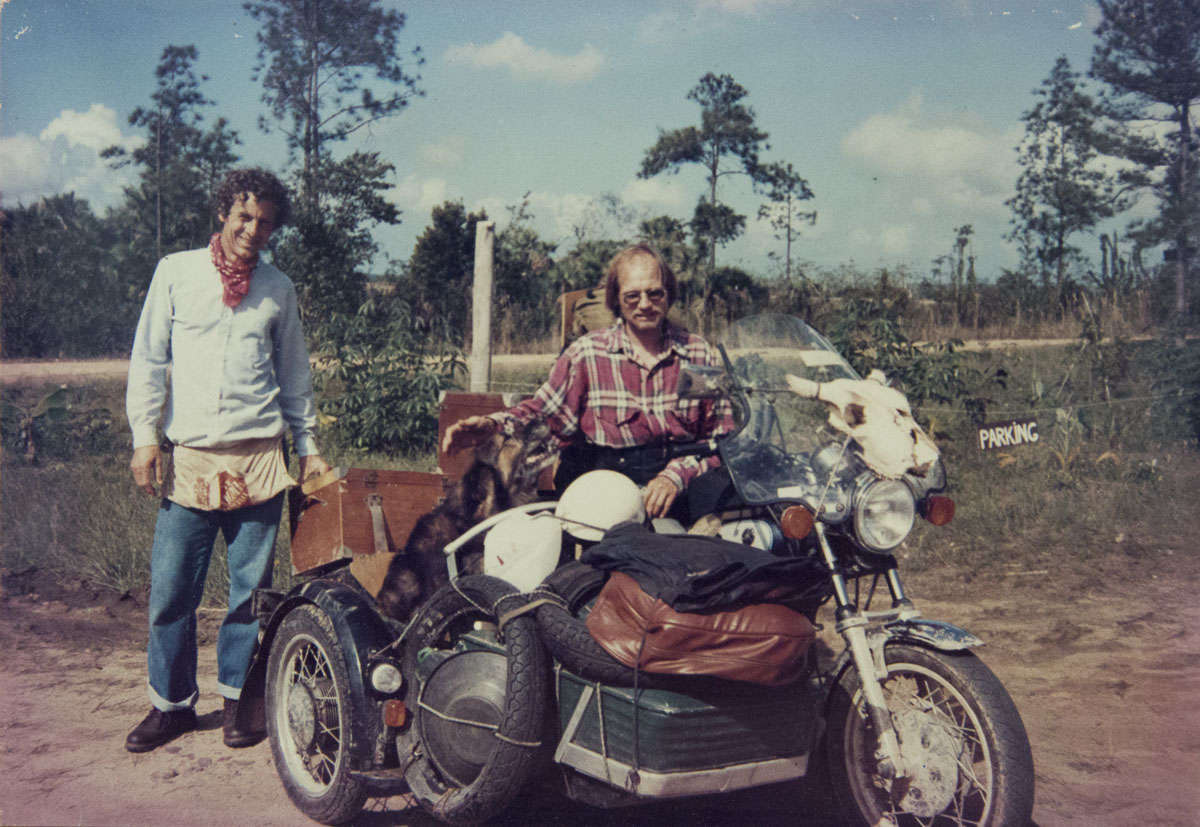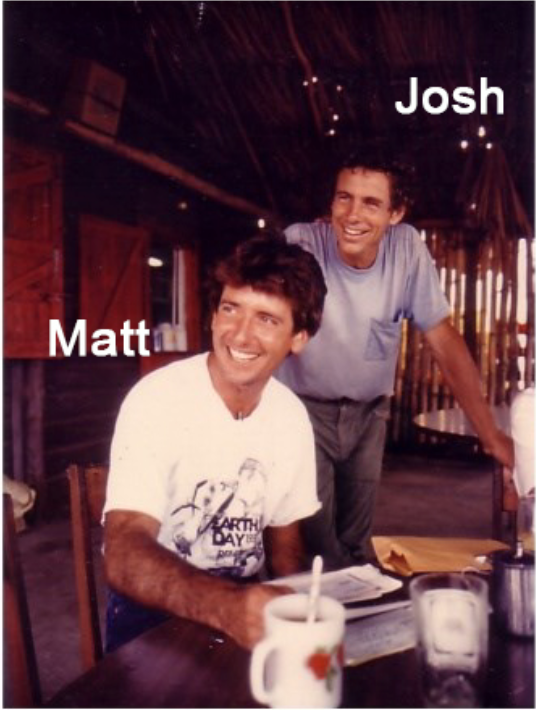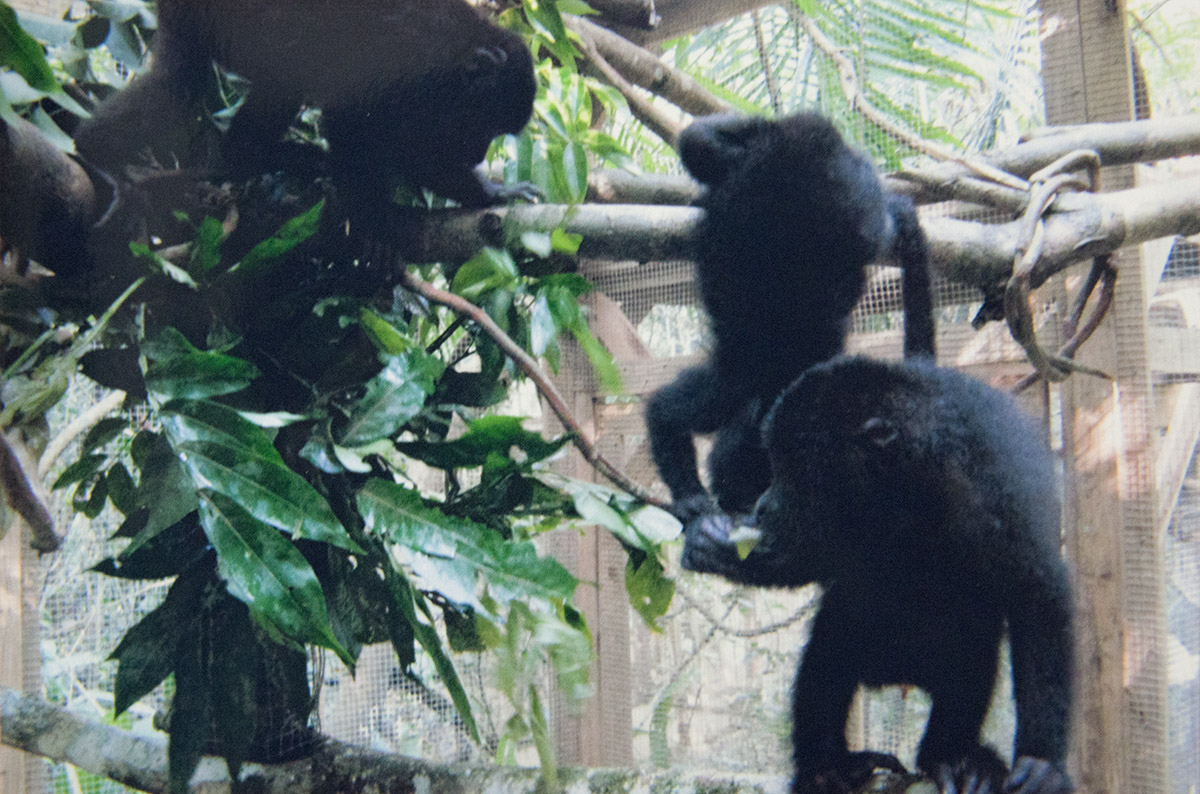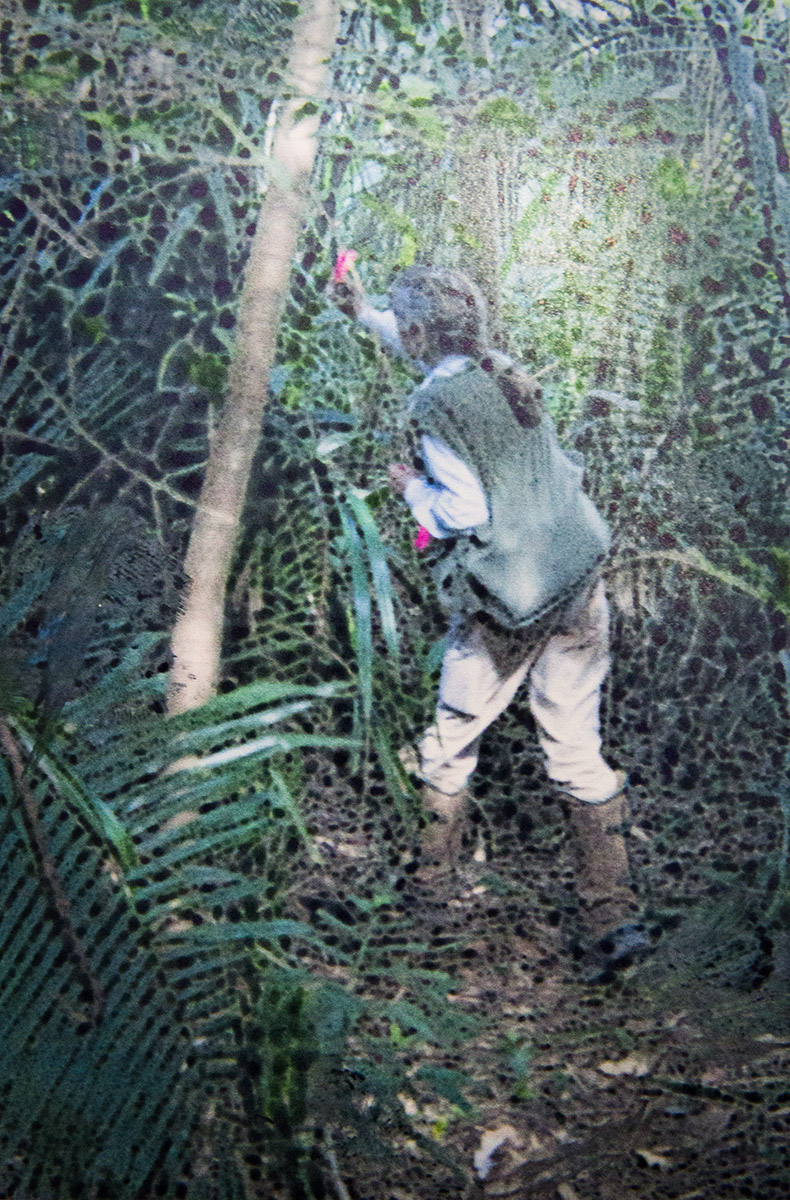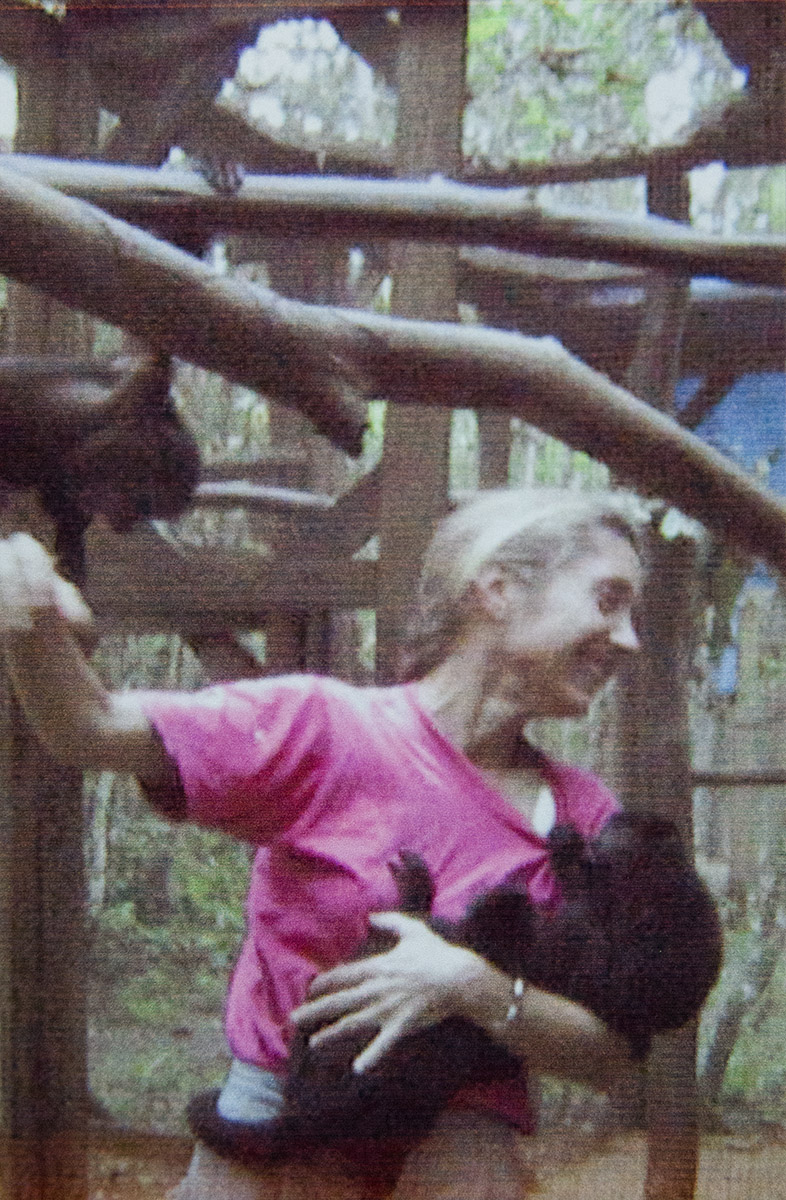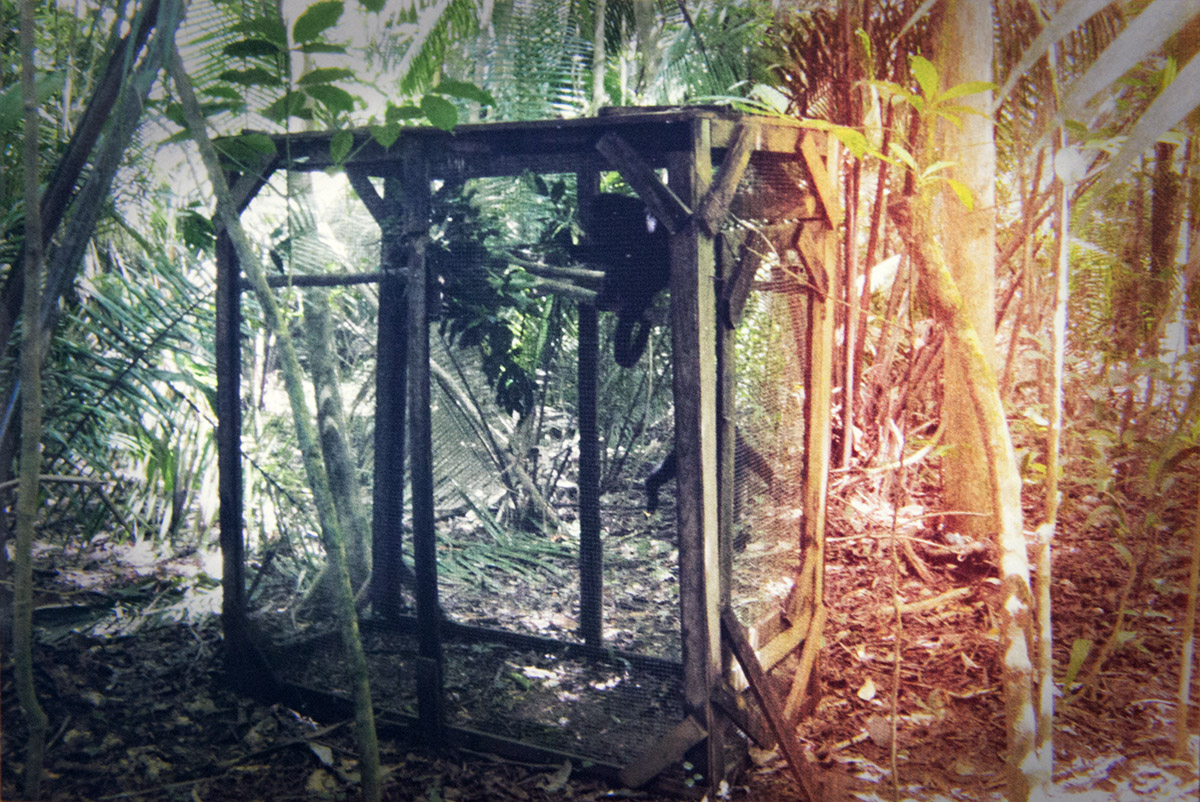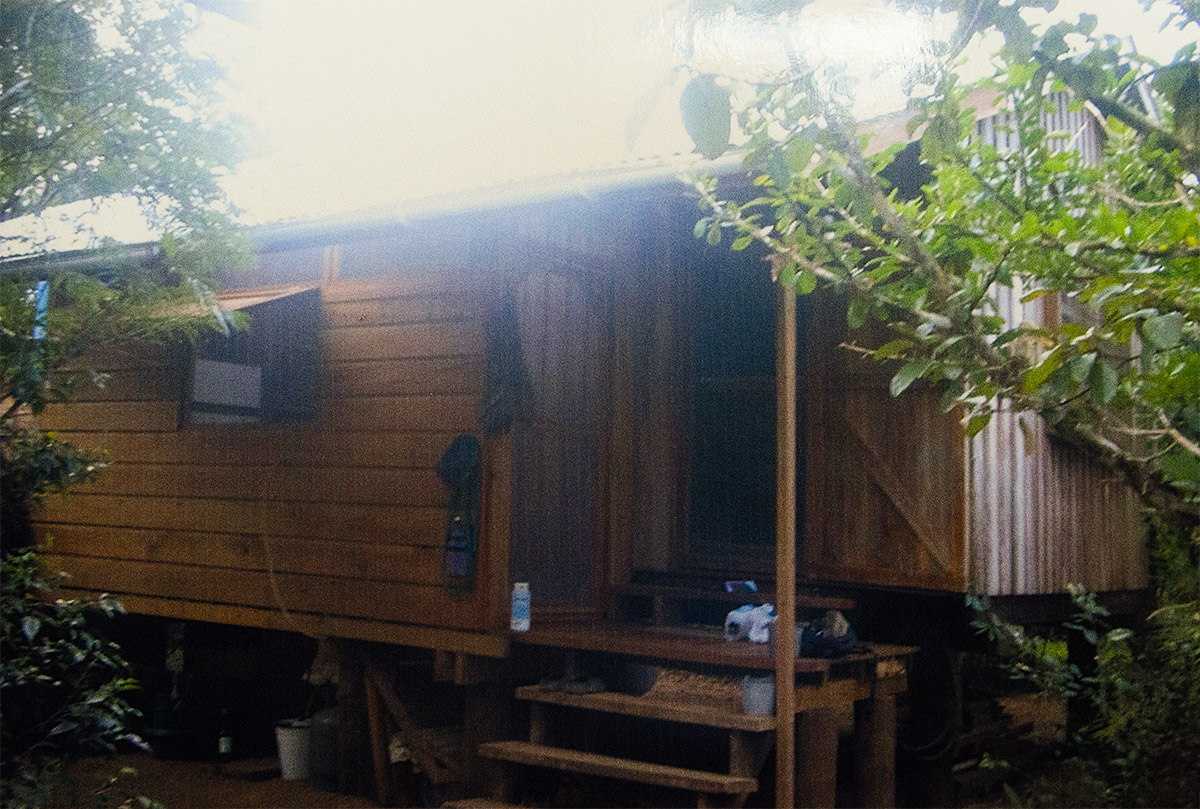The Monkey Bay Story
Matthew and Marga Miller, co-founders of Monkey Bay, sharing a brief history back in 2013.
Matthew & Marga Miller
Co-founders
Matthew Miller and his wife Marga are the co-founder’s of Monkey Bay Wildlife Sanctuary. Matthew has worked in Belize with local and international conservation organizations and academic institutions since his arrival to Belize in 1987 serving as a Peace Corps Volunteer (PCV). Matthew has promoted community conservation programs, supported faculty-led study abroad programs for University, Community College, High School and Middle School students, and led experiential learning programs for special interest groups including Master Gardeners, International Birders, Family Reunions and Continuing Education Vacationers.
Marga immigrated to Belize in 1980 from her homeland in Holland. She and Matthew met at Monkey Bay in 1991 and together they forged the vision for the sanctuary’s Environmental Education Centre and study abroad programming. Marga prides herself as being a “Jill of all Trades” and is responsible for most of the campus’s design and construction.
HOW IT ALL STARTED…
Co-Founder Matthew Miller delivering an introductory presentation about MBWS at the 1990 Earth Day Celebration and Commemoration of the Private Protected Area.
The Monkey Bay property was originally purchased as private land from the Belize Estate and Produce Company in 1975 by Joshua Brown, a cattle rancher from Fayetteville, Arkansas. Joshua’s intent was to raise cattle, organically, way back in the mid 1970s. The area seemed perfect for this at the time. Little did Joshua know that the Sibun River - upon which the 1070 acres he purchased borders - can flood to enormous heights during the rainy season.
When Joshua was not in Belize, he hired a ranch hand to tend to his cattle. At this particular time during his absence, the river rose rapidly and flooded the entire meadow where his cattle grazed. The floodwaters rose so quickly - there was no time to round up and rescue his cattle. The river had become a raging flood, taking everything in its path that was not deeply rooted on its course to the Caribbean Sea, including his cattle. Although S.O.S was sent to Joshua most of his cattle did not survive this unfortunate event. Joshua now reflects on this moment by saying he “might as well have thrown hundred dollar bills out into the pasture”. He earned a great respect for the river and local forces of nature.
That first spark for conservation:
Meanwhile in Belize... Matthew Miller was serving two years with Peace Corps as a volunteer. His duty was to assist the Belize Audubon Society in the development of Blue Hole National Park and Guanacaste National Park. Matthew fell in love with Belize and was not looking forward to the ending of his term and having to go back to the U.S.A to live.
On a friend’s occasion, Matthew got to know Joshua and learn about his trials with his cattle. By now Joshua too had gotten a whole new perspective on Belize and the environment. Joshua became an avid bird lover, and there were plenty to be found at almost 1100 acres of land. His desire was to keep the land for wildlife and the birds, but he himself had no intention of staying in Belize and managing it. Matthew came up with the proposal to develop it as an educational park, with minimum development, just nature trails. The two came to an agreement. Joshua went back to the United States and when Matthew finished his term, he too went back to plan his move to Belize.
Friends helped make this dream a reality!
A Special "Thank You" to all our Friends, Family, Team Members, Clients, and Guests who are on this journey with us!
Matthew contacted several of his friends and told them of the idea. They all were in support of him. Along the way he got to know a Japanese lady named Yumi Kikuchi, who was an environmentalist and activist traveling Central America. She too was passionate about the plan of developing the educational park and wanted to help. She went back to Japan and raised start-up funds for this purpose. Together with the financial and moral support of Matthew’s friends and his partner, Marga, he had enough to hit the road and give it a fair chance.
One young newlywed couple named Carol and Brock arrived from California on their honeymoon, with intentions to ride through-out Central America on bicycles. They started off in Cancun. Once they arrived at the little “Camping” sign at the Monkey Bay entrance posted on the Western Highway (the name has since been changed to the “George Price Highway” after a notable politician), they turned in and stayed at Monkey Bay for the remainder of their three-month-long honeymoon. They became good friends and helped in any way possible. What a blessing they were! People from all corners of the world have somehow found Monkey Bay and contributed in their own way to forward the project. We have all come together as friends and family at Monkey Bay.
Slowly but surely Monkey Bay was growing. In 1992, Matthew received a positive response to facilitate a college semester abroad program in Belize from a school in Brattleboro, Vermont.
This is when financial sustainability first began for the wildlife sanctuary and education facility. Matthew was hired as the academic director for the program and income began being generated for Monkey Bay by hosting student groups. The same school continues to sponsor student programs to Monkey Bay after 25 consecutive years. More and more schools learned about this study abroad opportunity and requested Monkey Bay to help them develop field study pro-gram itineraries, and then run them as host country representative.
WHAT HAPPENED TO THE MONKEYS?
When Monkey Bay was purchased in the early seventies by Arkansas Farmer Joshua Brown II, unfortunately there were no monkeys remaining, due to a Yellow Sylvan Fever epidemic that broke out in 1957 killing a large population of these prehensile creatures throughout Belize wild lands. Along with pet trade and previous damage to habitat from hurricanes, Monkey Bay had lost its namesake for many years.
In 1995, Robin Brockett arrived in Belize as a research assistant to Dr. Robert Horwich, collecting data on the black howler monkeys in Bermudian Landing. Following her three years of studying howlers there, and working in collaboration with the Belize Ministry of Natural Resources and Monkey Bay, Robin established the Wildlife Care Center of Belize at Monkey Bay Wildlife Sanctuary in 1998. The main goal of the Center was to conduct a feasibility study to determine if howler monkeys confiscated from the illegal pet trade could be rehabilitated to survive independently in the wild.
The Wildlife Care Center of Belize was situated in a remote location within the Sanctuary boundaries where Robin lived on location and worked tirelessly on the rehabilitation of protected species. The Wildlife Care Center of Belize received a steady stream of confiscated monkeys from the Belize Forest Department. A collaborative effort to enforce local wildlife protection laws and give these illegal pets a second chance at life in their natural surroundings.
The rehabilitation process involved several phases during the course of approximately one year to fully prepare animals for life in the wild. Based on wildlife and botanical surveys, Monkey Bay National Park (located across the Sibun River from the Sanctuary property) was deemed a suitable release site for the howlers.
Between the periods of 1999 to 2007, twenty-seven rehabilitated black howler monkeys have been “reintroduced” into the protected areas of Monkey Bay National Park and Monkey Bay Wildlife Sanctuary. Intensive behavioral and ranging data was collected both pre - and post-release. Continued long-term monitoring of these animals has revealed that the majority are known to have survived over one year following their release and many have integrated in the wild populations which are slowly moving back into the area. The first noted birth to a female released in 2002 occurred in 2005.
After nine successful years of dedicated work from Belize Wildlife Care Center Director Robin, along with many supporters and volunteers, we are pleased to witness that Monkey Bay once again lives up to its name as Black howler monkeys are now reproducing in the wild again, with the benefit to visitors of more frequent sightings and soundings from along the Sibun River bordering the sanctuary.
As a research-based “rehabilitation center”, the WCCB has continued to work with the Ministry of Natural Resources to establish protocols for confiscated wildlife and reintroduction programs. Although the WCCB has now moved the project to another location, research will continue at Monkey Bay to learn what is happening with the howler populations.



